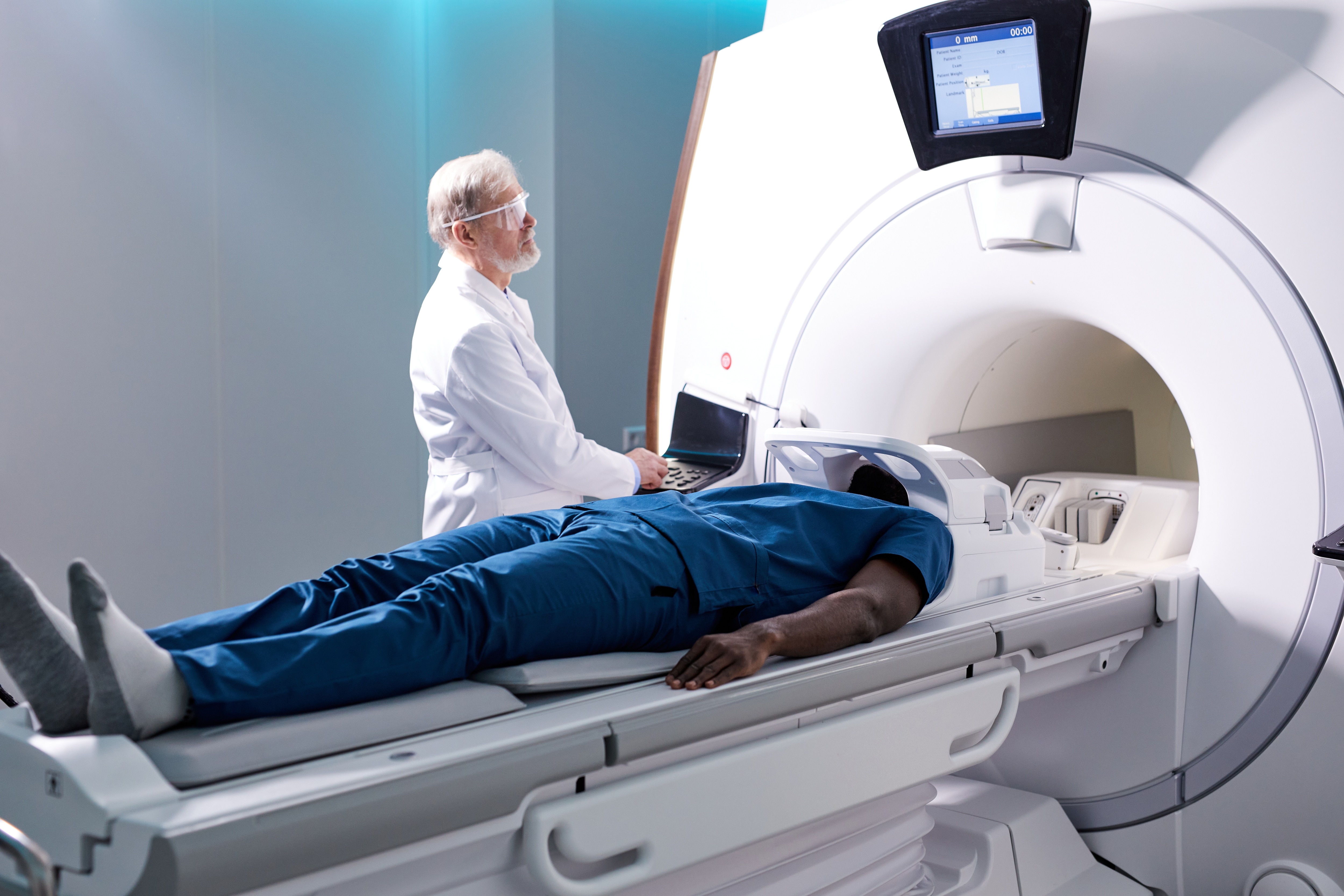Gas Measurement Technology to Save Healthcare Costs

On top of a global pandemic, the year 2022 was also financially demanding for people around the globe. Inflation combined with price increases in consumer goods and fuel made it difficult for many to budget. There was also a sharp rise in healthcare costs and surprisingly, the causes for it were not only rooted in the pandemic.

Many diseases or injuries could not be treated effectively with the available resources. This is to the detriment of patients and their quality of life. Thanks to new scientific findings and modern technologies, completely different possibilities are opening up today, but they also cost more money.
On the other hand, the need for customized medical diagnosis and therapy is a major cost factor. Comprehensive treatment and consistent attention to individual patient needs are becoming increasingly important for many people. There is more focus on one's own health, and medicine should do justice to this. Whereas in the past personal care by the family doctor was prioritized, today specialists are quickly consulted and second opinions are obtained. And one thing is clear: The more personnel effort is behind a diagnosis and/or therapy, the higher the costs will be.

With many diseases, it is not so easy to detect them in time. Flu usually makes itself felt very quickly. Within a few days, sufferers are incapacitated in bed due to severe symptoms. Cancer, on the other hand, is a very different story. Symptoms develop very slowly and are also very non-specific. It is not uncommon for those affected to notice nothing for years, or to have only very minor symptoms, while a tumor continues to grow unhindered. If the symptoms are at some point so pronounced that a doctor is consulted, therapy is often only possible with drastic measures and at great financial expense, or in the worst case even too late.

The early detection of many other diseases, however, this is no longer a dream of the future, but has already become part of everyday medical practice. For example, gastrointestinal diseases such as bacterial overgrowth or food intolerances are detectable in the breath via the gases hydrogen (H2) and methane (CH4). Due to irregular digestion, these gases are produced in the gastrointestinal tract by fermentation and released into the lungs via the blood. Similarly, it is already common practice for the detection of Helicobacter pylori infections. This bacterium settles in the stomach lining and can cause inflammation. It is also considered to cause stomach cancer. Because it is estimated that half of the world's population lives with this bacterium, but few people experience symptoms from it, screening for early detection is very important. This is done by detecting isotope-labeled carbon dioxide produced by the bacterium in the breath of patients after having a special test meal.